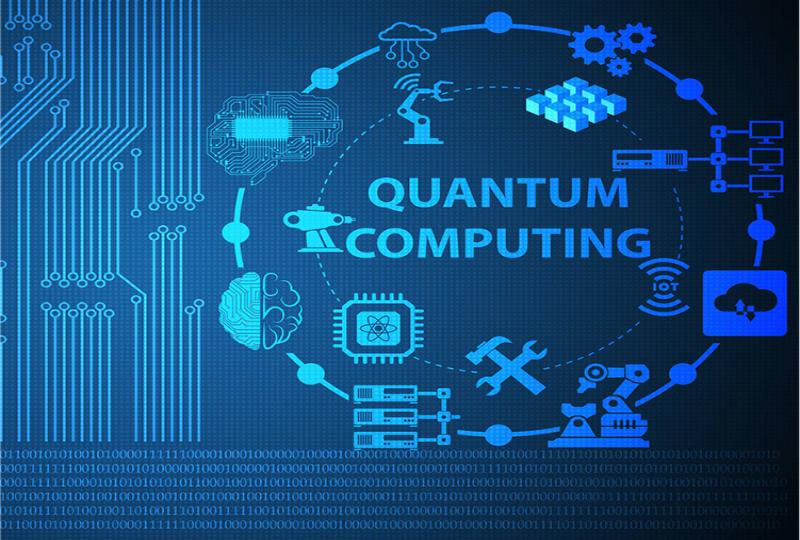Learn Quantum Computing: 4 Proven Ways for Beginners
2025.01.20 · Blog
Are you eager to learn quantum computing but unsure where and how to begin?
Look no further—this ultimate guide is here to help!
This article outlines four effective strategies to learn quantum computing comprehensively and systematically. Additionally, we address common FAQs about learning quantum computing, with expert insights, practical solutions, and actionable suggestions from our team of quantum professionals.
This guide is designed to help you embark on your quantum learning journey with confidence and clarity, breaking down barriers along the way.
How to Learn Quantum Computing: 4 Practical & Effective Methods to Get Started for Beginners
As quantum computing advances, diverse quantum learning methods have emerged to support students, researchers, and professionals.
These approaches range from online quantum courses and quantum cloud platforms to hands-on experiences with real quantum computers, offering opportunities to interact with real quantum systems.
Below are four effective ways to learn quantum computing, paving the way for more accessible quantum education.
Method 1: Learn Quantum Computing with Education-Grade Quantum Computers
For those who require a deeper, hands-on experience with actual quantum machines, education-grade quantum computers are a great option specifically for quantum learning.
These quantum computers are often smaller and more affordable than commercial quantum computers, offering an accessible entry point for academic institutions. Notable examples include:
SpinQ's Gemini and Triangulum Quantum Computers
SpinQ's Gemini Mini and Triangulum are educational-grade quantum computers designed for classroom and university use. They are compact, operate at room temperature, and provide an accessible platform to learn quantum computing.
They allow students to directly interact with quantum systems and better understand the principles and practices of quantum computing.
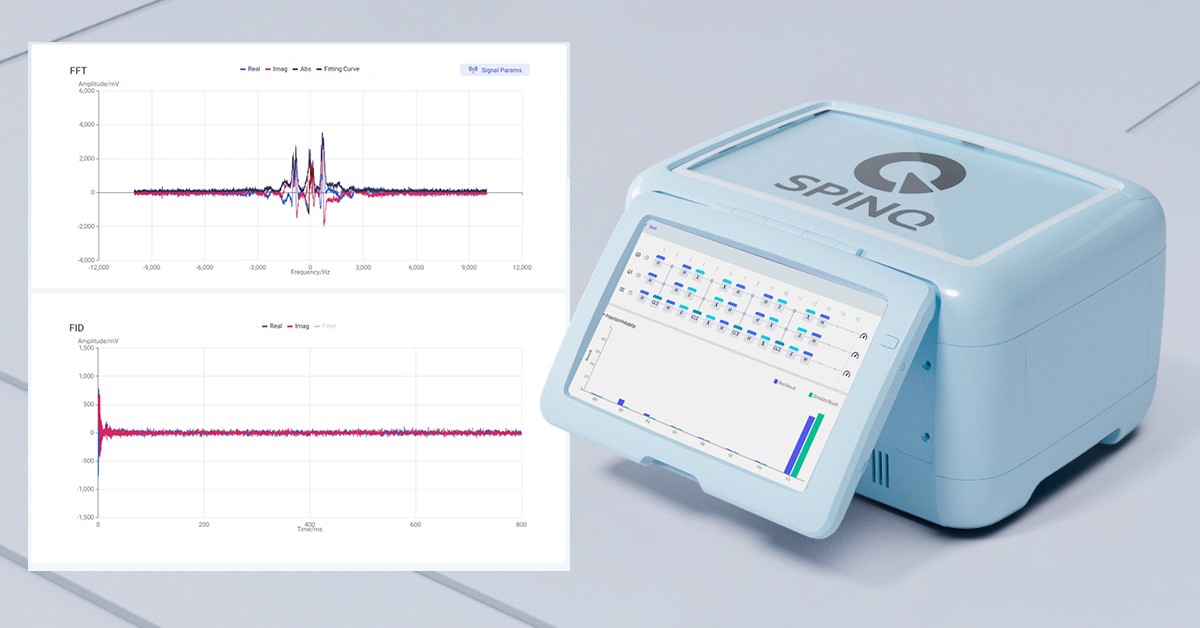
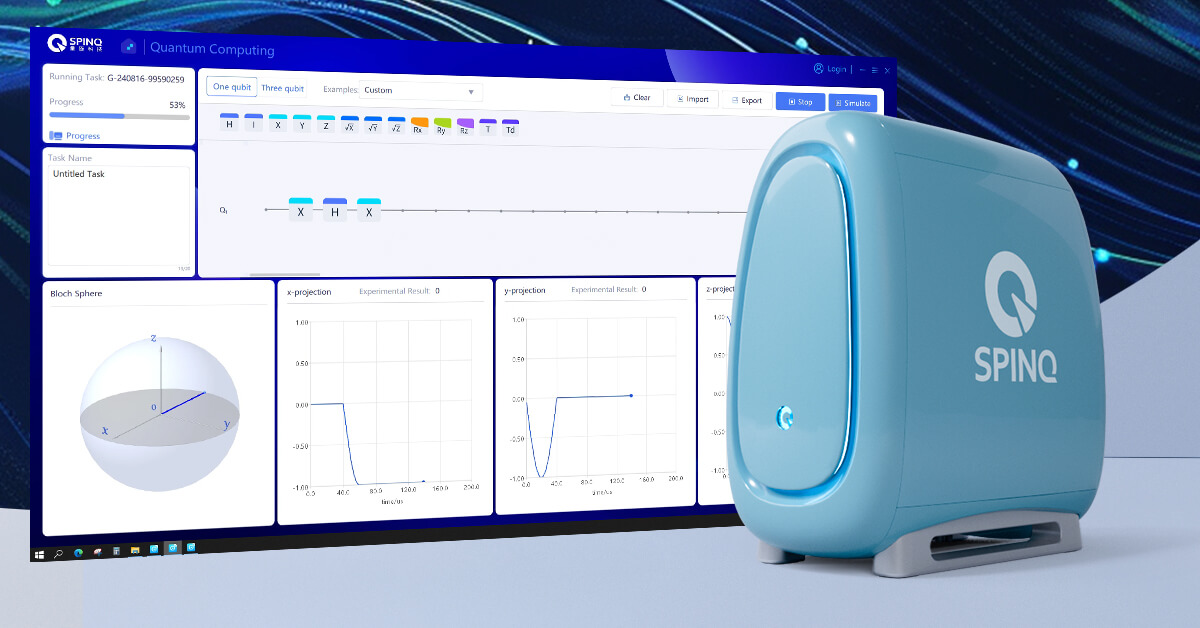
Other University Quantum Lab Models
Many universities have educational quantum computers for students to use, often in partnership with quantum computing companies like SpinQ.
Educational quantum hardware allows students to gain practical experience with quantum computation beyond theoretical exercises, preparing them for the more complex challenges they will face in the workforce.
Method 2: Learn Quantum Computing Through Quantum Cloud Computing Services
Quantum cloud computing services enable learners to access real quantum machines and simulate quantum circuits. Leading quantum tech companies like IBM, SpinQ, and Amazon offer quantum cloud platforms where students can experiment with quantum algorithms and run programs on actual quantum computers, gaining hands-on experience with real quantum systems.
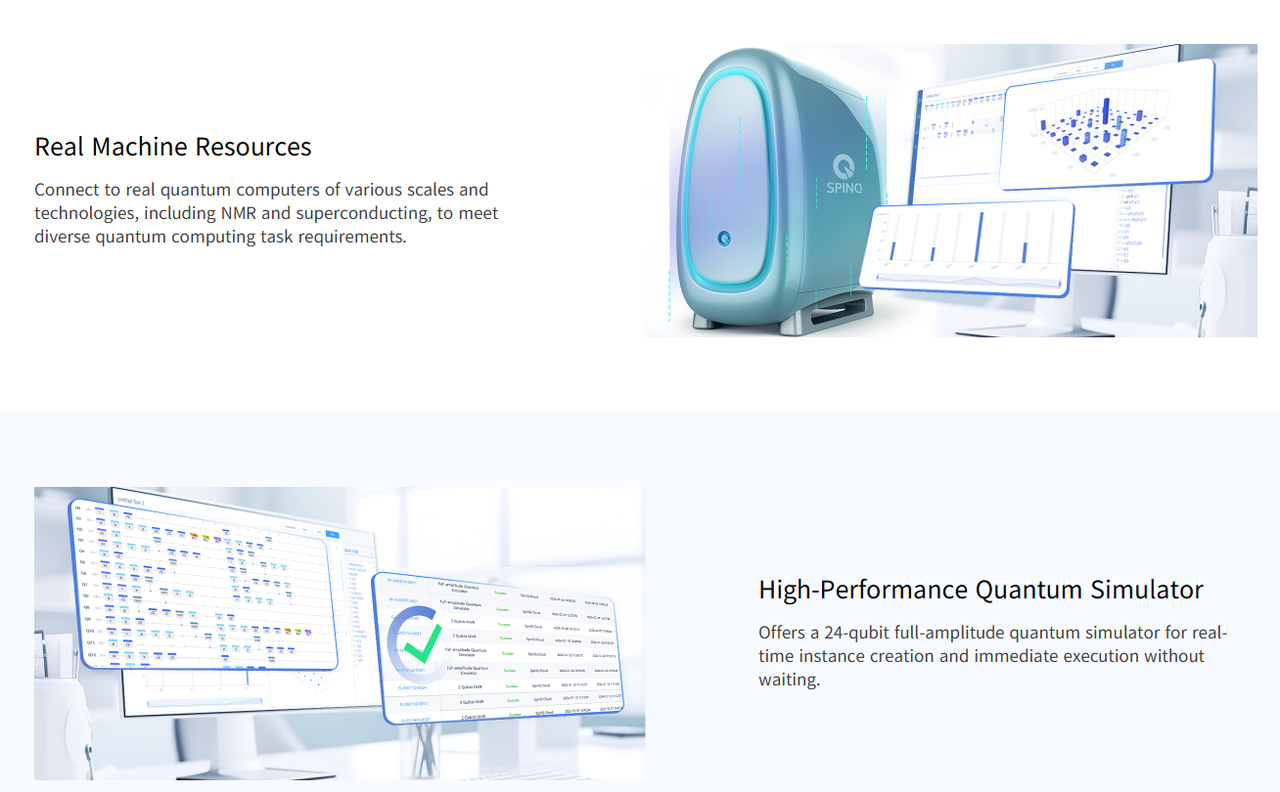
Method 3: Learn Quantum Computing Using Quantum Simulation Tools and Software
Quantum simulations are invaluable for helping students visualize quantum phenomena that are difficult to conceptualize. Several quantum educational tools and software have been developed to make learning quantum computing more accessible and engaging:
1. Quantum Circuit Simulators
Quantum circuit simulators are software tools that simulate quantum circuits on classical computers, allowing users to design and test quantum algorithms without the need for actual quantum hardware.
These simulators replicate the behavior of quantum circuits using classical computing power, making them a valuable tool for learning and experimentation before accessing real quantum computers.
Popular tools like SpinQ's SpinQit, IBM's Qiskit, and Google's Cirq offer graphical interfaces to create and run quantum circuits.
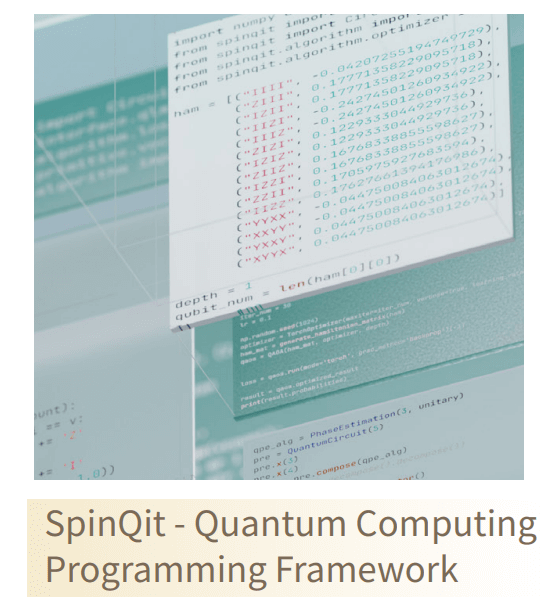
2. Visualization Tools
These visualization tools provide visual representations of quantum states, quantum gates, and entanglement, bridging the gap between abstract quantum concepts and intuitive understanding.
By enabling students to observe the evolution of quantum states and explore other quantum phenomena, these visualization tools significantly enhance comprehension, especially for those new to quantum mechanics and quantum computing
One popular tool is Quantum Lab (Amazon Braket). Amazon's Braket service offers a suite of visualization tools for quantum circuits, allowing users to observe and analyze quantum states. It also supports visualizations for quantum algorithms and provides insights into their execution.
3. Programming Environments
Integrated development environments (IDEs) specifically tailored for quantum programming allow students to write and test quantum code with ease. These environments often include built-in tutorials and support to help users troubleshoot and refine their code.
These simulation and visualization tools make it easier for students to experiment with quantum concepts in a controlled, virtual environment, providing valuable hands-on experience without the need for complex quantum hardware.
Method 4: Learn Quantum Computing with Online Quantum Courses
Structured quantum courses are essential for learning quantum computing, as they guide learners through its core concepts, from fundamental quantum principles to advanced applications.
Educational institutions such as Stanford and MIT, along with online learning platforms and quantum tech companies like SpinQ, offer specialized quantum courses catering to different skill levels:
Beginner Courses: These introduce the fundamentals of quantum computing, including quantum states, superposition, and entanglement. Many courses utilize Python-based quantum programming languages (e.g., SpinQit) for hands-on quantum learning.
Intermediate and Advanced Courses: Designed for learners with a background in computer science or physics, these courses delve deeper into quantum algorithms, error correction, and specific quantum computing models, such as gate-based and adiabatic quantum computing.
Many of these courses incorporate industry partnerships, providing students with access to real-world quantum problems and solutions, effectively bridging the gap between quantum theory and practice.
Online Resources for Learning Quantum Computing
Textbooks for Learning Quantum Computing
1. Quantum Computation and Quantum Information, by Nielsen and Chuang
A classic, foundational textbook covering quantum mechanics, quantum gates, and algorithms in depth.
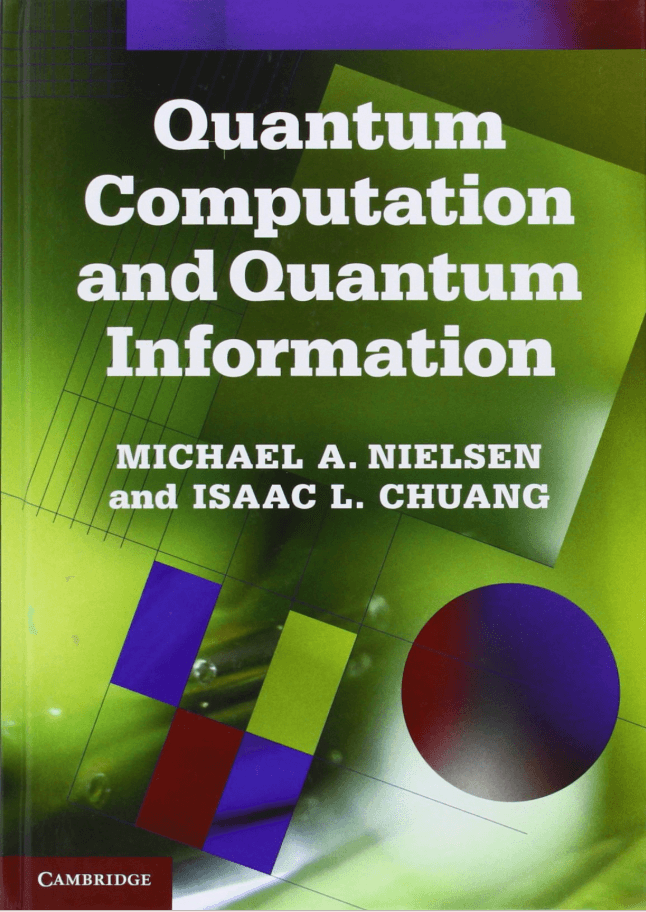
2. Quantum Computing for Everyone, by Chris Bernhardt
A gentle introduction to quantum computing concepts without requiring advanced mathematics.
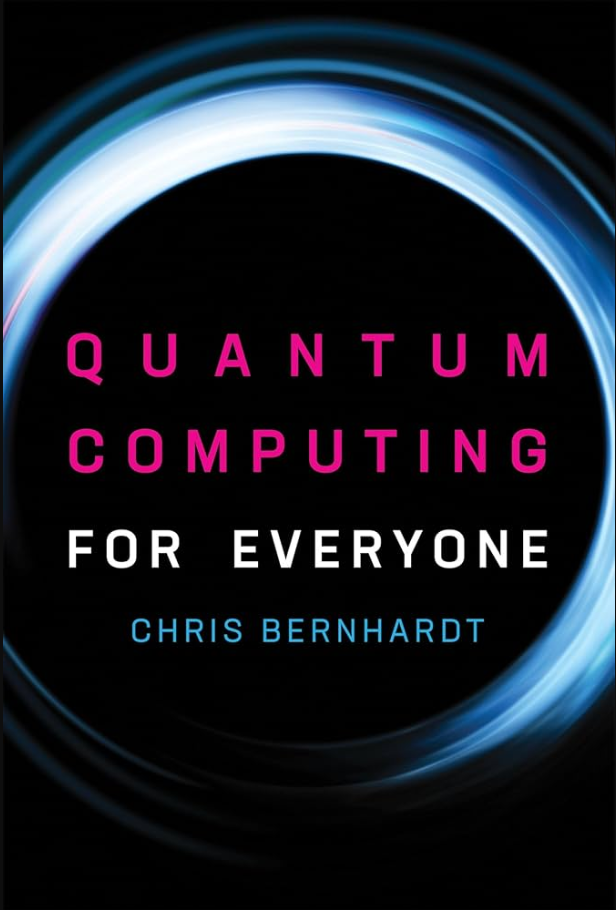
3. Quantum Computing: An Applied Approach, by Jack D. Hidary
Covers fundamental quantum computing principles with practical applications and programming examples.
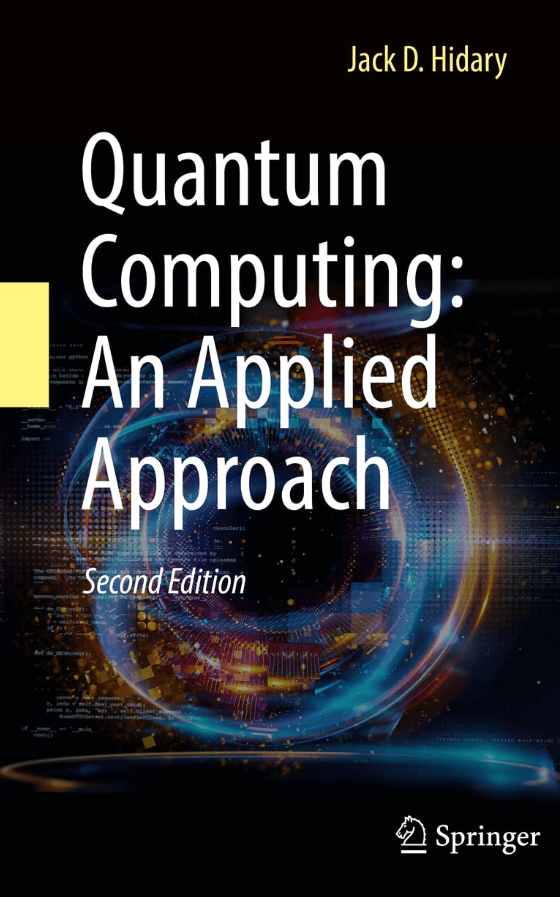
4. Introduction to Classical and Quantum Computing, by Thomas Wong
An excellent introductory textbook, particularly for students with a background in computer science or mathematics who are new to quantum computing.
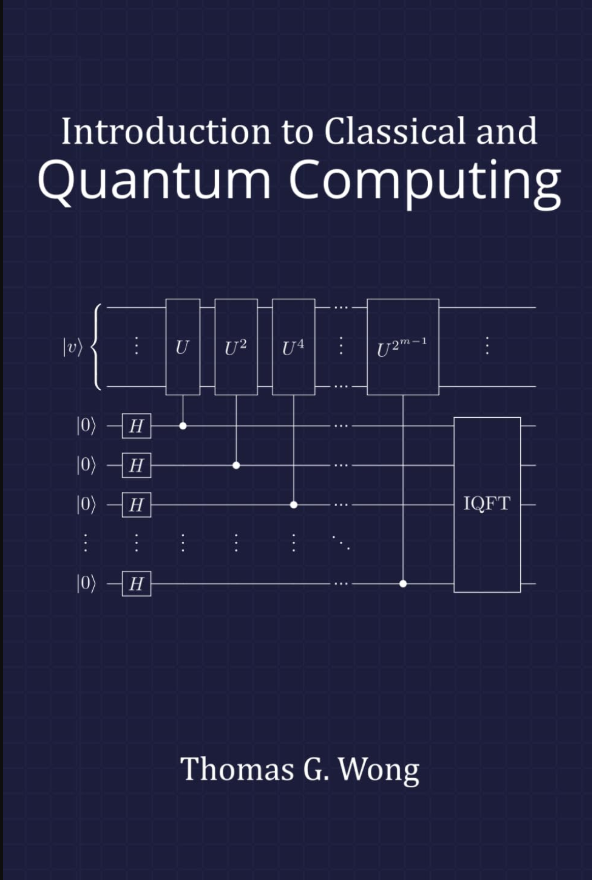
FAQs on Learning Quantum Computing
1. Can I learn quantum computing on my own?
Yes! With online quantum courses, textbooks, and quantum programming platforms like SpinQ's SpinQit and IBM Quantum Experience, self-learning is possible.
2. What math do you need for quantum computing?
Key topics include linear algebra (vectors, matrices), complex numbers, probability theory, and some group theory for quantum mechanics.
Linear Algebra: Understanding vectors, matrices, eigenvalues, and eigenvectors is crucial for working with quantum states and quantum gates.
Complex Numbers: Quantum mechanics relies heavily on complex numbers to represent quantum states.
Probability Theory: Probability plays a key role in quantum computing, especially in the measurement and behavior of quantum states.
3. Does quantum computing require coding?
Yes, coding is a crucial part of learning and applying quantum computing. Implementing quantum algorithms and running simulations requires coding skills. Quantum computing uses specialized programming languages and frameworks designed for quantum systems.
Some of the most common quantum programming languages include:
-
SpinQit (Python-based): Developed by SpinQ, SpinQit enables learners to write quantum programs and interact with quantum systems. It offers rich quantum algorithm interfaces, supports cross-platform execution, and connects with quantum computers, simulators, and the SpinQ quantum cloud platform.
-
Qiskit (Python-based): Developed by IBM, Qiskit allows users to program quantum circuits and run simulations on real quantum hardware.
-
Cirq (Python-based): Created by Google, Cirq is focused on building and simulating quantum circuits for quantum hardware.
While quantum programming does involve coding, it's often more accessible than traditional software development due to the availability of high-level frameworks and visual tools that simplify coding.
Having a solid foundation in classical programming (like Python) will help you get started in quantum computing. However, understanding quantum mechanics and linear algebra is equally important for writing efficient quantum algorithms.
4. What are the relevant quantum computing jobs?
Roles include Quantum Software Engineer, Quantum Research Scientist, Quantum Algorithm Developer, and Quantum Cryptography Expert, spanning industries like finance, AI, and pharmaceuticals.
5. What are the basics needed to learn quantum computing?
To start learning quantum computing, you'll need a foundational understanding of linear algebra, complex numbers, and probability theory. Familiarity with classical computing concepts and programming (especially Python) is also important. A basic grasp of quantum mechanics—particularly superposition and entanglement—is essential. Additionally, learning quantum programming languages will enable hands-on experience.
By mastering these basics, you'll be well-prepared to dive into quantum algorithms and quantum systems.
6. Where is a good place to start learning quantum computing?
Start with beginner-friendly courses like IBM Quantum, SpinQ's educational resources, Qiskit tutorials, and MIT OCW.
Featured Content



